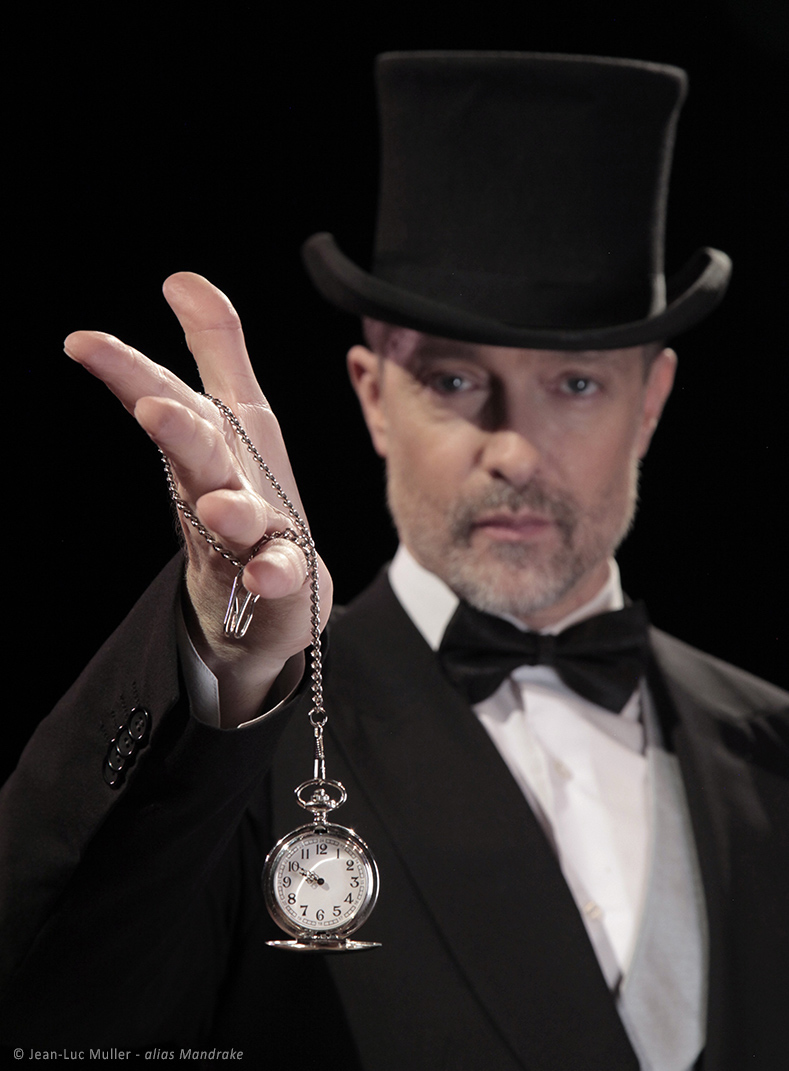
The only magic show of its kind in Paris
A tribute to Paris and the french spirit In the span of a « Soirée fantastique », Laurent Beretta revives the prestige and inventiveness of
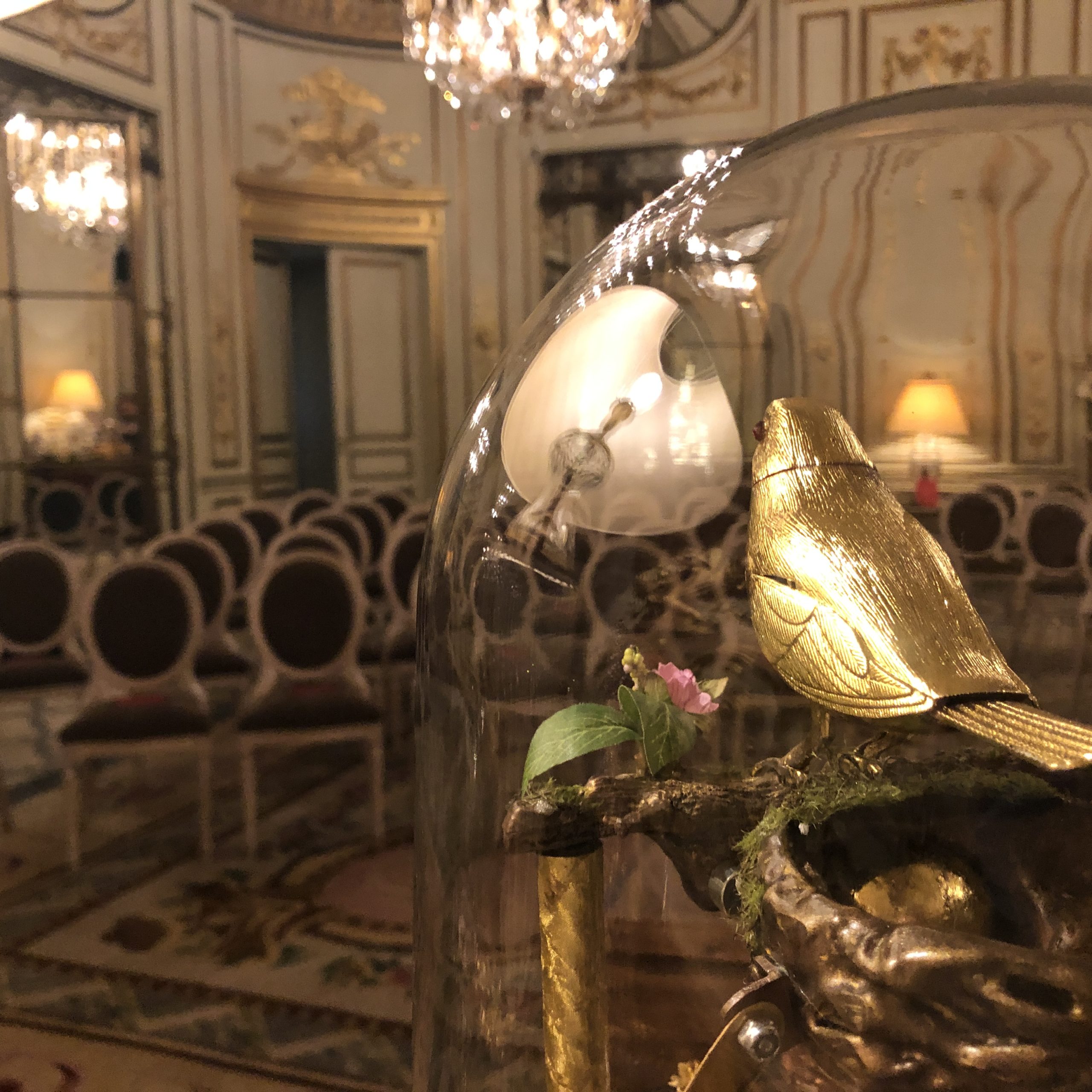
« In the Galerie de Valois, in the Palais-Royal, there is a sorcerer… A real sorcerer, a real enchanter, guaranteed, who performs miracles visible to the naked eye. » Le Charivari, July 10, 1845. When Robert-Houdin exhaled his last breath on June 13, 1871, all the clocks in his house started to strike at once and stopped forever… his legend was just beginning. Dominated by his passion, his mania for inventing and perfecting, Jean-Eugène Robert-Houdin (1805-1871) never ceased to amaze and fascinate during his lifetime; the quality of his technical and scientific inventions as well as his incredible talents as a magician strongly marked his era.
His most famous contemporaries recognized his prodigious talent (Théophile Gautier, Victor Hugo, Charles Dickens…). Gaston Leroux, in The Phantom of the Opera, praised the elusive « amateur of trapdoors »: « What is a duel with the most terrible swordsman next to a fight with the most brilliant conjurer? » Later, Orson Welles defines himself as an actor-magician in reference to Robert-Houdin, in F for Fake (1973).
The Robert-Houdin theater will bear this illustrious name for over 70 years. Until 1923, when it was demolished, Georges Méliès, the inventor of special effects for the cinema, was the last director. Robert Houdin’s memoirs, « Revelations and confidences » (1858), inspired generations of artists, including the famous American magician Harry Houdini (1874-1926) who made up his name, after Houdin.
« To please the audience, an idea must be, if not new, at least transformed, so as to become unrecognizable. » Robert-Houdin
Robert-Houdin was well aware of the times. Magic entered the salons, with what was needed in terms of culture, good manners and gaiety to immediately fit in. Contrary to his predecessors, he wanted a sober staging, less « mystical » and more « scientific »: « Leave the ornaments and the pointed caps to the con men ». He is often alone on stage in a tails suit, and stands out for his elegance and humor. The atmosphere he sets gives the spectators the impression of being privileged and experiencing a « fantastic evening ».
The stage is set with two consoles, a middle table, framed by two pedestal tables. All these objects are rigged in order to make objects disappear, make others appear, or even disappear themselves. The mechanisms, rigorously invisible, give to his stage, to his table and to his automatons, real or fake, the appearance of normal simplicity. Among the many acts that made up Robert-Houdin’s repertoire, some were particularly popular with the public: The marvelous orange tree (1845) – The fantastic cardboard box (1845) – The second sight (1845), the very first experience of thought transmission – The pastry chef of the Palais Royal (1845) – The ethereal suspension (1847) – Antonio Diavolo (1847), the trapeze automaton – The aerial clock (1847)
Robert-Houdin was a MUST SEE in Paris. No crowned head passing through Paris, no celebrity from the world of literature, the arts, politics or the big world was missing. From 1848, Robert-Houdin also performed in London, at the St. James’s Theatre, but also at Buckingham Palace in front of Queen Victoria, for a private performance, consecration of his success! In 1849, he played in Belgium, Ireland and Scotland and seduced Germany in 1854. Back from Algeria in 1856, he gave his last performances in Marseille and gives his farewell performance.
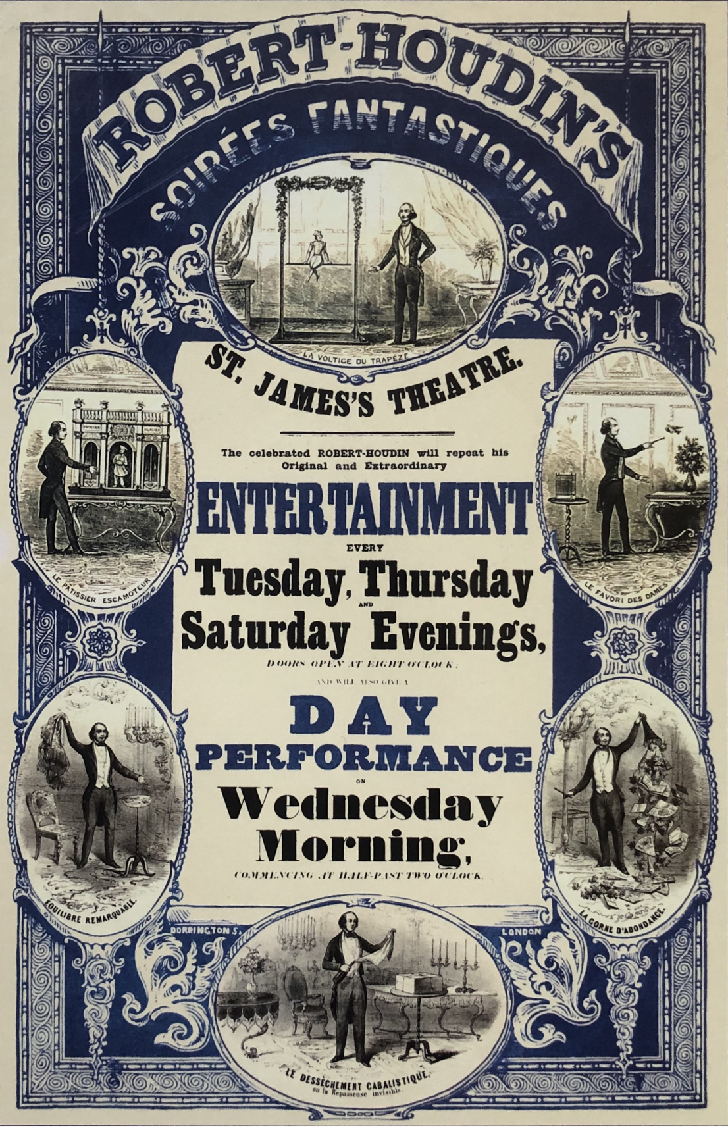

A tribute to Paris and the french spirit In the span of a « Soirée fantastique », Laurent Beretta revives the prestige and inventiveness of
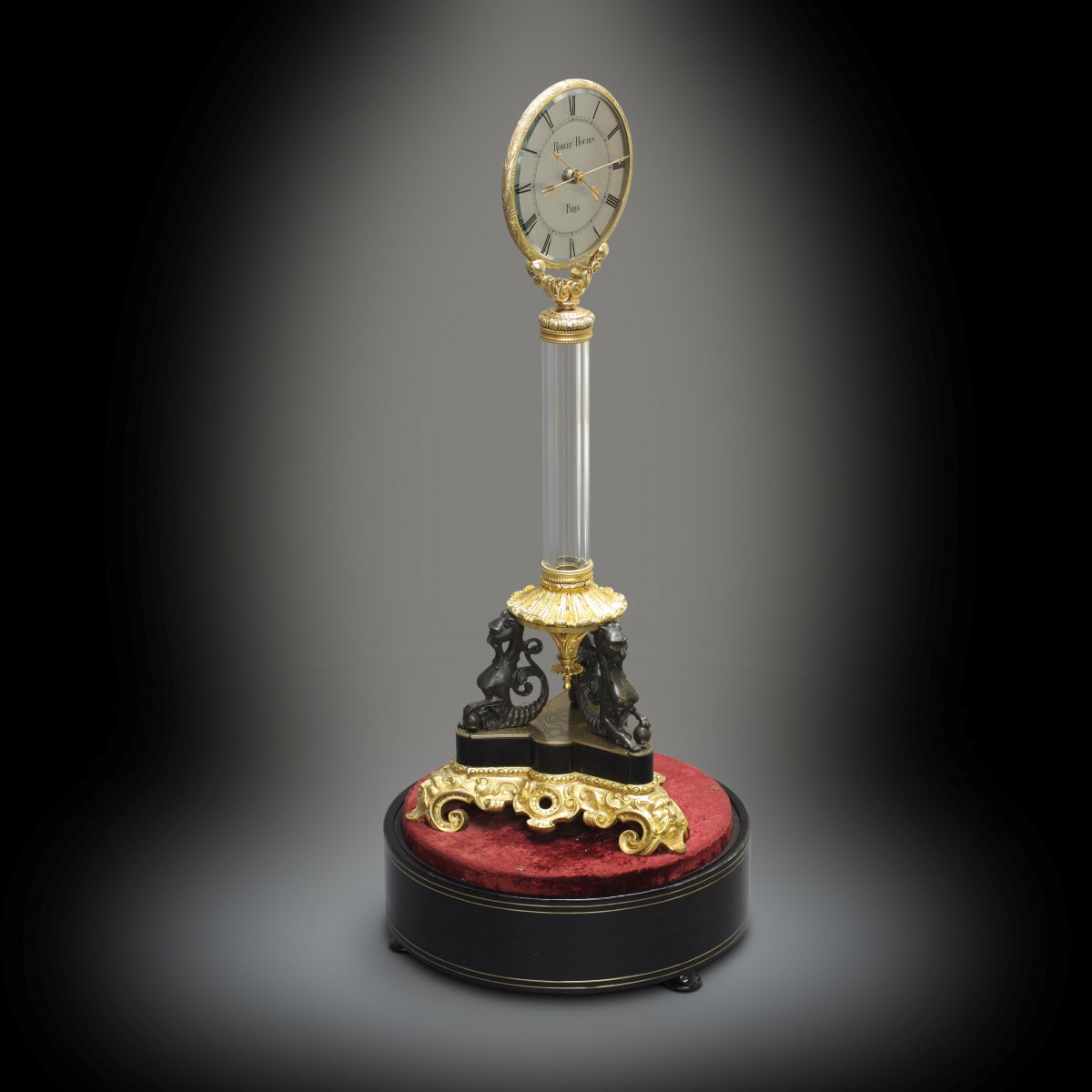
Giving new life to the french cultural and magical heritage For the first time in more than a century, Laurent Beretta revives the magical &
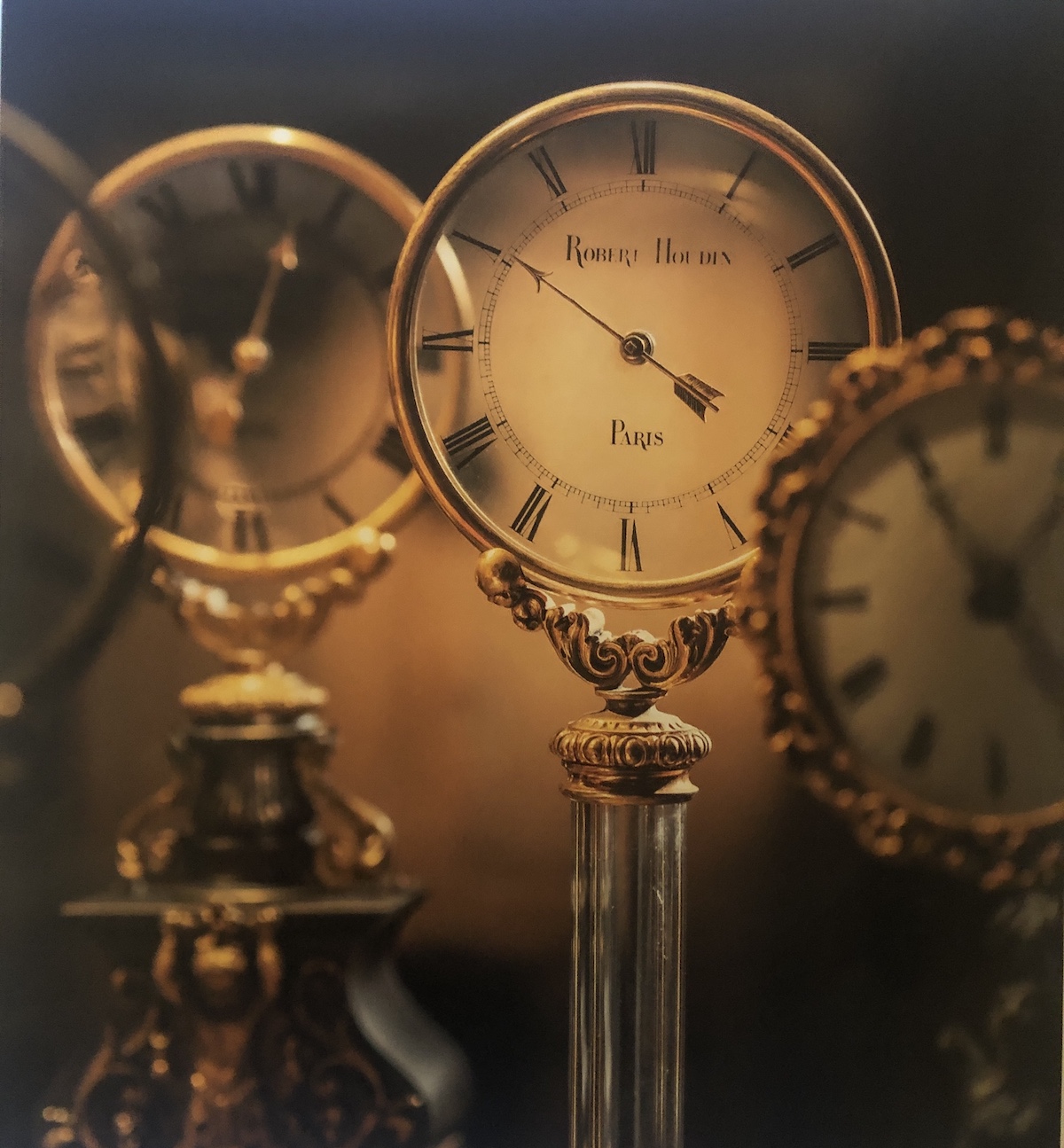
Robert-Houdin was a prolific clockmaker, entrepreneur and scientist Settled in Paris in 1830, Robert-Houdin became known for the ingenious manufacture of several automatons and machines